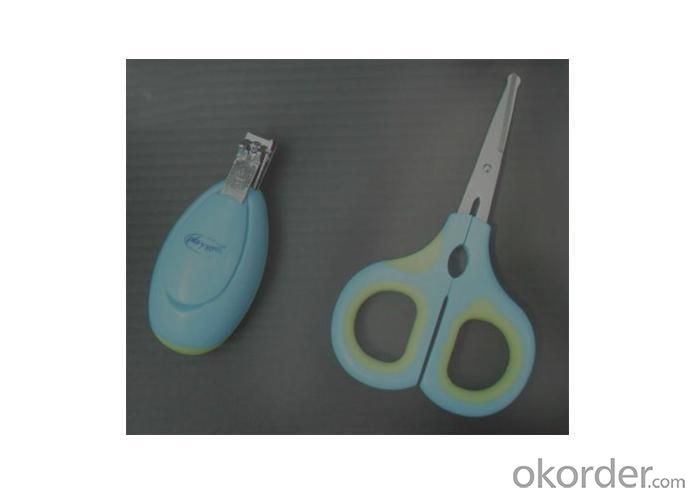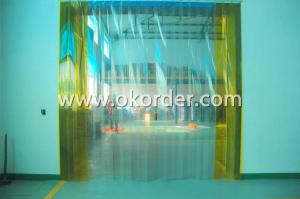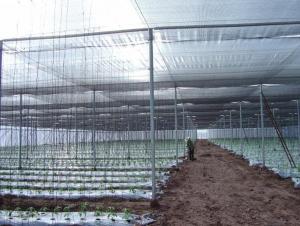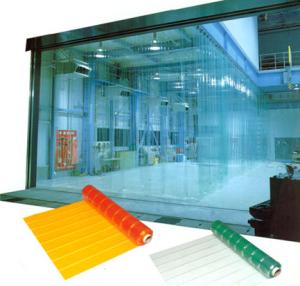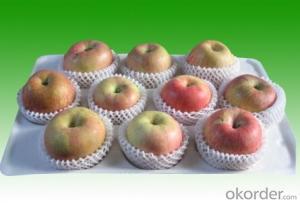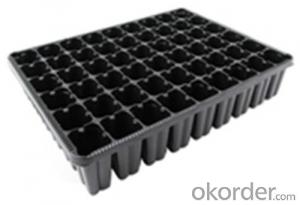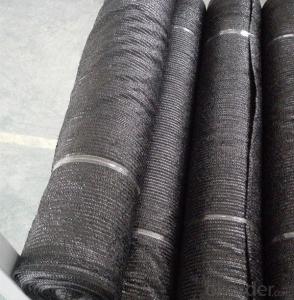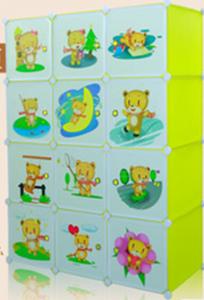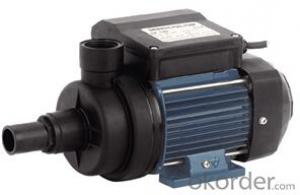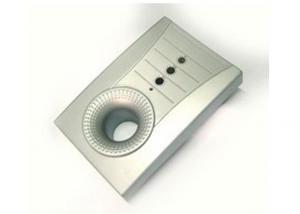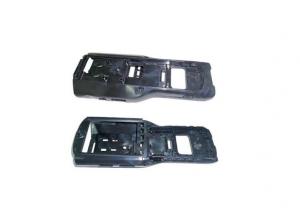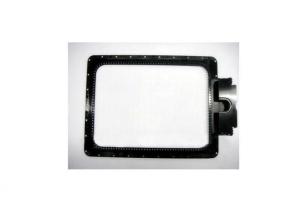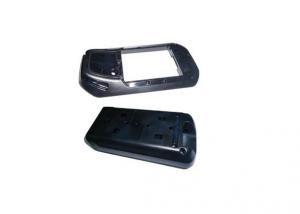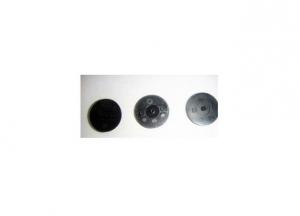DIY Plastic Moulds for Nursery
- Loading Port:
- China Main Port
- Payment Terms:
- TT or LC
- Min Order Qty:
- 1 Set set
- Supply Capability:
- 100 Sets per Month set/month
OKorder Service Pledge
OKorder Financial Service
You Might Also Like
Detailed Product Description
plastic moulds for household product's spare parts
1.Standard HASCO
2.Finish: Polish
3.Material : ABS
4.Mould Life: 300,000
DIY plastic moulds for nursery-need products
Certificate: ISO 9001:2008
20 years experience
Name |
Plastic injection Mould products |
Plastic material |
ABS,PC,ABS+PC,PA66,HIPS,PE,PP…etc |
Cavity & Core |
NAK80,S136 HRC48~52° |
Mould base |
LKM , HASCO |
Nos of Cavity |
As customer rquest |
Mould Standard |
DME, HASCO |
Mould Runner |
Hot Runner,Cold Runner … |
Surface finish |
Texture, High glossy ,Painting,Chrome Plating |
Delivery time |
20-35 Days |
Mould Packing |
Wooden Box or as your requirement |
Our Advantages:
-- Competitive price.
-- Professional, excellent, but simple design.
-- High quality, reliability and long mould life.
-- Professional customised R&D program.
-- Diverse and mature craft.
-- Continuous service and supply.
-- Strict quality management.
-- High-quaity and integrated equipments:
-- High-speed processing center.
--Sodick wire cutting.
--Sodick cnc sinker EDM, EROWA Tooling System.
--40 sets plastic machinery with 80-1600MT.
--All our operations satify the standard of ISO9001:2008 certification.
--Exported products comply to requirements of Rohs certificate.
- Q: What are the scratch resistance properties of electronic plastic?
- Electronic plastic often has scratch-resistant properties due to the incorporation of protective coatings or additives such as hardeners or fillers. These components enhance the material's ability to withstand scratches and maintain its aesthetic appearance even with regular use.
- Q: What are the major manufacturers of electronic plastic?
- Some major manufacturers of electronic plastic include Samsung, LG, Sony, Panasonic, and Toshiba.
- Q: How is electronic plastic recycled?
- Electronic plastic recycling involves several steps. First, the plastic from electronic devices is collected and sorted based on its type and composition. Then, the plastic is shredded into small pieces, which are further separated by type using various techniques, such as density-based sorting or electrostatic separation. Next, the separated plastic pieces are cleaned to remove any contaminants. After the cleaning process, the plastic is melted and formed into pellets or granules, which can be used to manufacture new electronic devices or other plastic products. This recycling process helps reduce waste and conserve resources, contributing to a more sustainable and circular economy.
- Q: Are there any specific regulations or standards for the disposal of electronic plastic waste?
- Yes, there are specific regulations and standards for the disposal of electronic plastic waste. Many countries have implemented laws and guidelines to manage and control the proper disposal and recycling of electronic waste, including the plastic components. These regulations aim to minimize the environmental impact of electronic waste by promoting responsible recycling practices, preventing illegal dumping, and ensuring the safe handling of hazardous materials found in electronic devices. Compliance with these regulations is essential for businesses and individuals involved in the disposal of electronic plastic waste.
- Q: What are the thermal properties of electronic plastic?
- The thermal properties of electronic plastic refer to its ability to conduct heat, withstand high temperatures, and resist thermal expansion. Electronic plastic materials are typically engineered to have low thermal conductivity, which means they do not easily transfer heat. This property helps to insulate and protect electronic components from overheating. Additionally, electronic plastics are designed to have high heat resistance, enabling them to endure extreme temperatures without deforming or melting. They also exhibit low thermal expansion, meaning they do not significantly expand or contract with temperature changes, ensuring stability and reliability in electronic devices.
- Q: Can electronic plastic be used in electronic switches?
- Yes, electronic plastic can be used in electronic switches. Electronic plastic, also known as conductive plastic, is a type of material that exhibits both electrical conductivity and the flexibility of plastic. It can be molded into various shapes, making it suitable for applications in electronic switches, where it can provide a reliable and durable alternative to traditional metal switches.
- Q: How does the cost of electronic plastic compare to other materials?
- The cost of electronic plastic is generally lower than other materials used in electronics, such as metal or glass. This is because plastic is a widely available and easily moldable material, making it more cost-effective to produce and manipulate into various electronic components. Additionally, plastic is lightweight, which reduces transportation costs. Hence, electronic plastic offers a more economical solution for manufacturing electronic devices compared to other materials.
- Q: How does electronic plastic impact the overall repairability of electronic devices?
- Electronic plastic can greatly impact the overall repairability of electronic devices. Many electronic devices, such as smartphones and laptops, are commonly made with electronic plastic casings, which are difficult to repair. These plastic casings are often fused together using adhesives or ultrasonic welding, making it challenging to access and repair internal components. Additionally, electronic plastic can be prone to breaking or cracking, making repairs even more complex. Overall, the use of electronic plastic in electronic devices can significantly reduce their repairability and increase the likelihood of device replacement rather than repair.
- Q: Can electronic plastic be used in electronic packaging?
- Yes, electronic plastic can be used in electronic packaging. Electronic plastic, also known as electronic grade plastic or ESD (electrostatic discharge) plastic, is specifically designed to provide protection to electronic components from static electricity and other potential hazards. It helps to prevent damage caused by electrostatic discharge, moisture, dust, and temperature fluctuations. Therefore, electronic plastic is commonly used for packaging electronic devices and components to ensure their safety during storage, transportation, and handling.
- Q: How is electronic plastic used in electronic devices?
- Electronic plastic, also known as electronic polymers or conductive polymers, is used in electronic devices for various purposes. It can be found in components such as capacitors, transistors, and sensors, where its unique properties allow for efficient electrical conductivity and stability. This type of plastic enables the miniaturization of electronic devices, as it can be easily molded into intricate shapes and integrated into circuitry. Additionally, electronic plastic is flexible and lightweight, making it suitable for applications in wearable electronics, flexible displays, and printed electronics. Overall, electronic plastic plays a crucial role in enhancing the performance, functionality, and design of electronic devices.
1. Manufacturer Overview
| Location | Guangdong, China (Mainland) |
| Year Established | 2010 |
| Annual Output Value | |
| Main Markets | North America South America Eastern Europe Southeast Asia Africa Eastern Asia Western Europe Central America Northern Europe Southern Europe South Asia |
| Company Certifications |
2. Manufacturer Certificates
| a) Certification Name | |
| Range | |
| Reference | |
| Validity Period |
3. Manufacturer Capability
| a) Trade Capacity | |
| Nearest Port | Osaka Japan,Ravenna Italy,Montreal American |
| Export Percentage | 61% - 70% |
| No.of Employees in Trade Department | 6-10 People |
| Language Spoken: | English, Chinese |
| b) Factory Information | |
| Factory Size: | 5,000-10,000 square meters |
| No. of Production Lines | Above 10 |
| Contract Manufacturing | OEM Service Offered |
| Product Price Range | |
Send your message to us
DIY Plastic Moulds for Nursery
- Loading Port:
- China Main Port
- Payment Terms:
- TT or LC
- Min Order Qty:
- 1 Set set
- Supply Capability:
- 100 Sets per Month set/month
OKorder Service Pledge
OKorder Financial Service
Similar products
Hot products
Hot Searches
Related keywords

